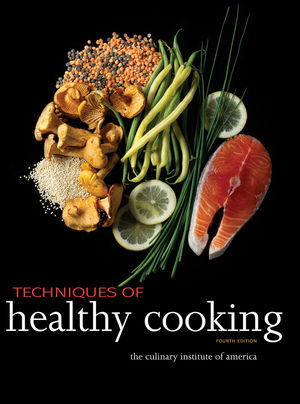
Smart Cooking: Healthier Techniques
Cooking is an art, and incorporating healthier cooking techniques not only enhances the flavor of food but also ensures that the nutrients are preserved, contributing to a healthier lifestyle.
Grilling and Roasting for Flavorful Dishes
Grilling and roasting are excellent techniques that add depth and richness to meals. By using these methods, the natural flavors of vegetables, meats, and fish are intensified without the need for excess fats or oils. They provide a delicious alternative to fried foods while retaining essential nutrients.
For a deeper dive into incorporating healthy cooking techniques, visit Women’s Health and Style for expert guidance and insights.
Steaming for Nutrient-Rich Meals
Steaming is a gentle cooking method that helps retain the nutrients in food. This technique involves cooking food over boiling water, allowing the steam to cook it thoroughly while maintaining its natural flavors, textures, and vital nutrients. It’s an ideal method for vegetables, preserving their vibrant colors and nutrients.
Stir-Frying with Less Oil
Stir-frying is a quick and versatile method that requires minimal oil. It involves cooking ingredients over high heat for a short duration, preserving their crunchiness and nutrients. Using a non-stick pan and adding small amounts of oil or broth can make stir-frying a healthier option.
Baking for Wholesome Treats
Baking is an excellent technique for creating healthier versions of traditionally indulgent treats. By using whole-grain flours, natural sweeteners like honey or maple syrup, and incorporating fruits or nuts, baking can transform desserts into nutritious delights, offering a balance between health and flavor.
Poaching for Tender and Lean Dishes
Poaching involves cooking food in a simmering liquid, often water or broth, at a lower temperature. This gentle technique is suitable for delicate foods like fish or poultry, ensuring they remain tender and moist while minimizing the need for added fats.
Using Herbs and Spices for Flavor Enhancement
Reducing the use of salt and relying more on herbs and spices can significantly enhance the taste of dishes. Herbs like basil, thyme, or rosemary, and spices such as cumin, turmeric, or paprika not only add depth to meals but also offer potential health benefits due to their antioxidant properties.
Opting for Healthy Oils and Fats
Choosing healthier oils like olive oil or avocado oil over saturated fats can positively impact overall health. These oils contain beneficial fats that contribute to heart health and can be used in moderation for cooking, dressing, or marinating.
Portion Control for Balanced Eating
Practicing portion control is a fundamental aspect of healthy cooking and eating. By being mindful of serving sizes, individuals can enjoy a variety of foods while managing caloric intake, promoting a balanced diet and weight management.
Using Non-Stick Cookware for Healthier Cooking
Non-stick cookware requires less oil for cooking, making it a healthier choice. It helps prevent food from sticking to the surface, reducing the need for excess fats and facilitating easier cleanup.
Experimenting with Plant-Based Ingredients
Incorporating more plant-based ingredients into meals can diversify nutrient intake and offer health benefits. Substituting meat with legumes, tofu, or tempeh in recipes not only promotes a healthier diet but also reduces the intake of saturated fats.
Adopting these healthy cooking techniques can transform meal preparation into a health-conscious and flavorful experience. They not only contribute to better nutrition but also promote overall well-being. Consider these methods as a starting point toward a healthier culinary journey.



